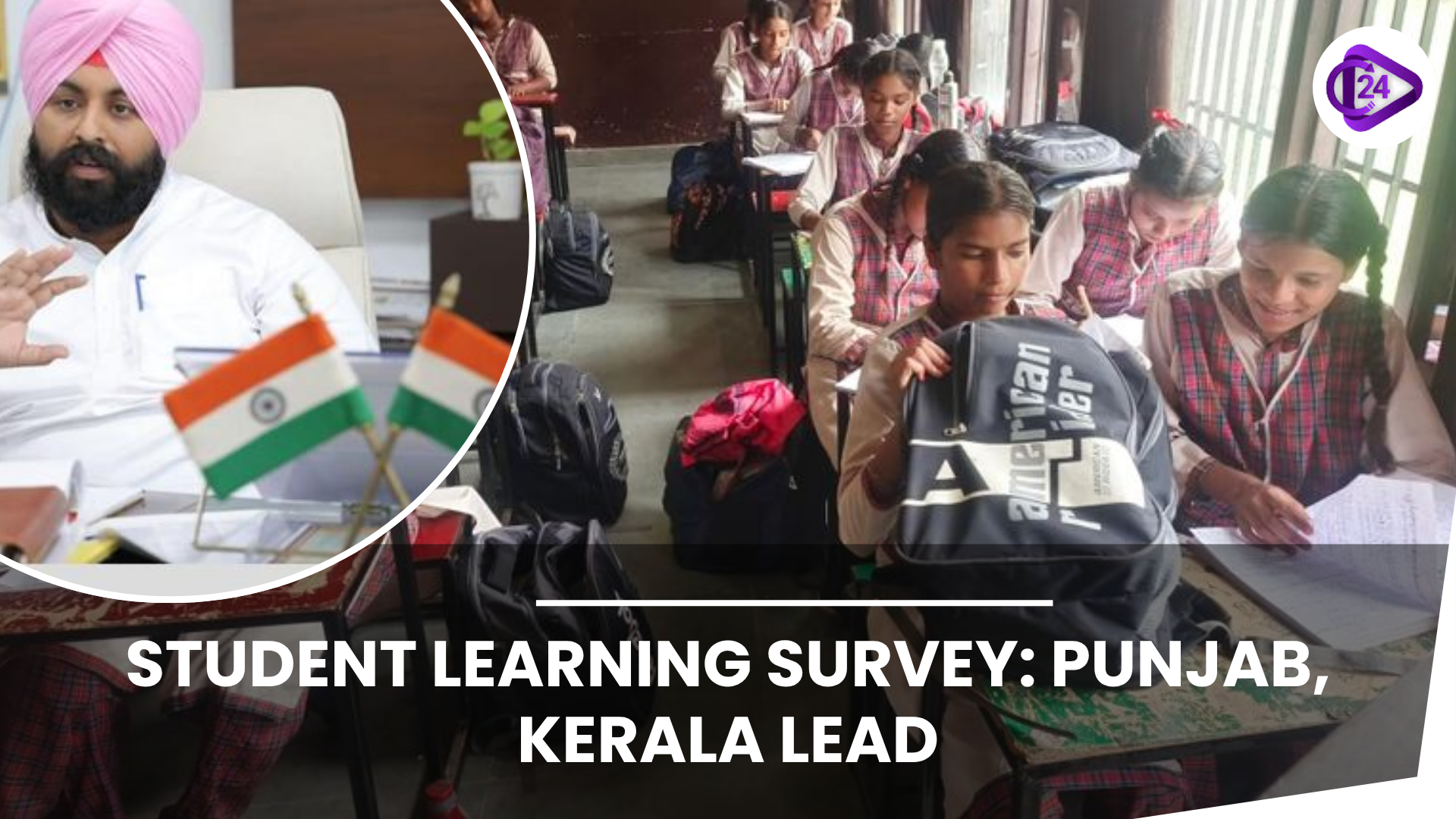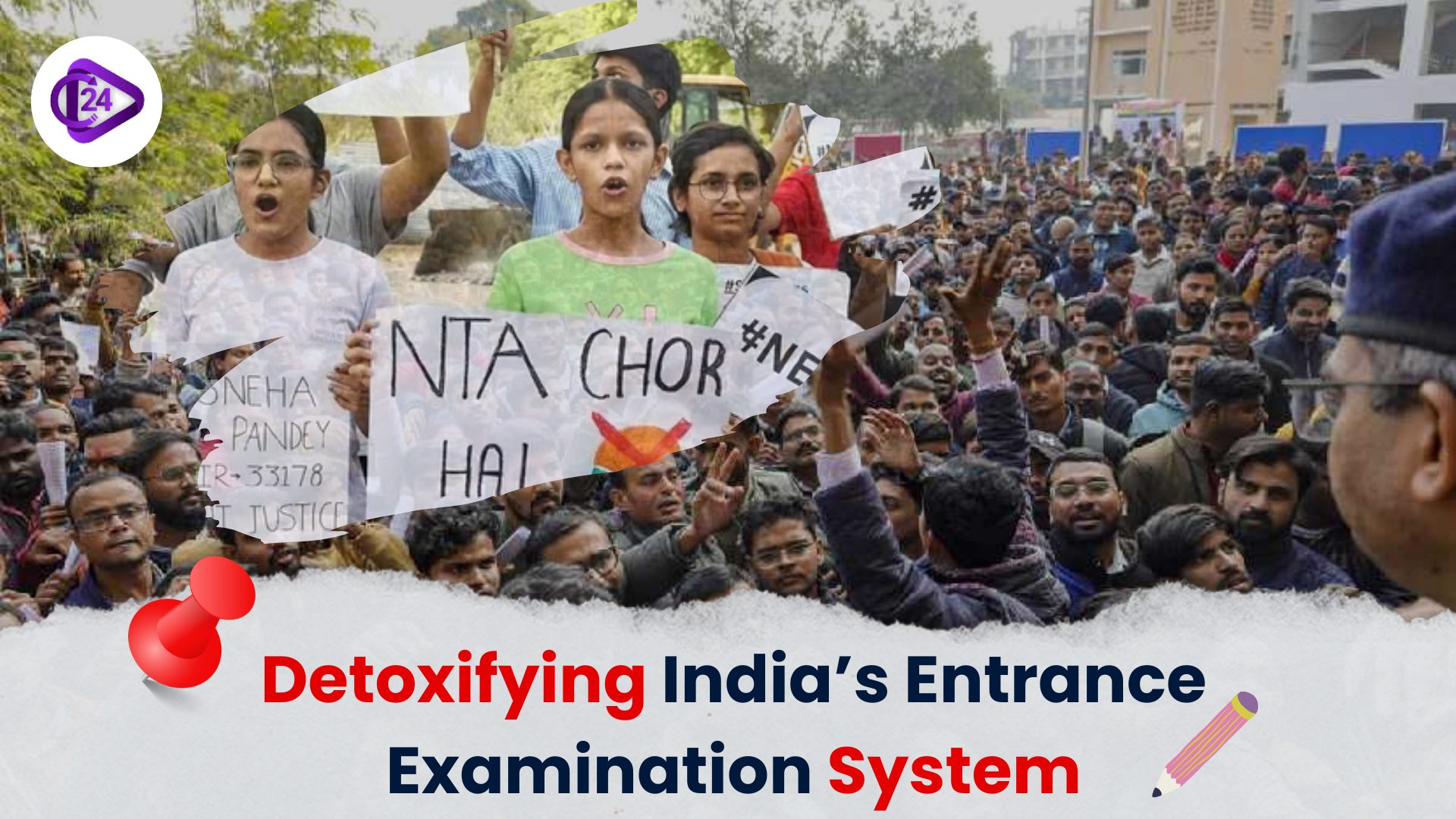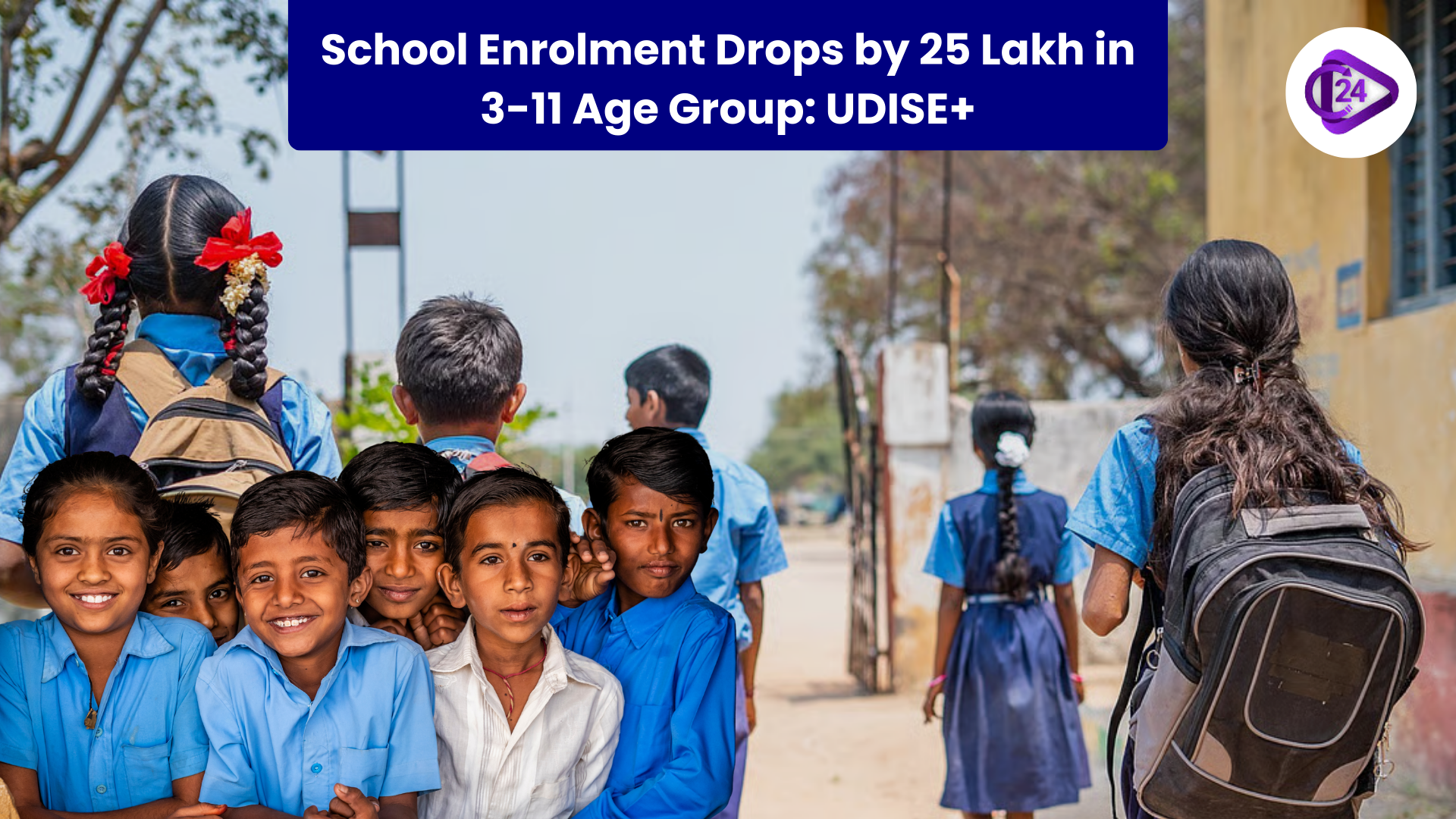
New Results of the Performance Assessment, Review, and Analysis of Knowledge for Holistic Development Rashtriya Sarvekshen (PARAKH RS) survey have disclosed serious learning gaps in major subjects like language and mathematics at different grade levels in India. Although other states such as Punjab, Kerala and Himachal Pradesh showed a good performance, there were proven gaps in the learning of the students, especially in solving mathematical problems and in languages understanding. The survey evaluated more than 21 lakh students in 781 districts and pointed at the necessity of filling such educational gaps.
Context
-
The PARAKH RS survey names a grade-level learning gap, revealing that students have difficulties in such subjects as mathematics or language.
-
The best performing states include Punjab, Kerala and Himachal Pradesh, and the weaknesses were displayed in some other states especially the government-aided schools.
Details
Top Performers:
-
Grade 3 had the best performing states as Punjab, Himachal Pradesh and Kerala.
-
In the Grade 6, Kerala, Punjab, and Dadra Nagar Haveli and Daman & Diu topped the list.
-
At Grade 9, Punjab, Kerala and Chandigarh were the best performers.
Performance/Key subjects:
Grade 3:
-
Two-thirds of learners were able to utilize words in doing everyday communication.
-
68% of the subjects were able to categorize objects with respect to more than one property and identify simple rules.
-
A low 55% were also able to sort numbers up to 99 either in a descending or an ascending order.
Grade 6:
-
The numbers in the place value system could be read by 54% using the Indian number system.
-
The level of people who could solve multi-step mathematical problems in everyday life is only 38 %.
-
38% of students performed poorly in simple environmental pattern forecasting.
Grade 9:
-
Only 45% of students were able to describe the origins of the Constitution and what indeed it had to do with the civilizational heritage of India.
-
54% were able to learn key points on texts, including news articles.
-
They had difficulty in appreciating the complex mathematical concepts like rational numbers and the characteristics of rational numbers; only 31% could understand these seemingly elementary mathematical issues.
Weakest Areas:
-
Kendriya Vidyalayas did the worst in mathematics in Grade 3.
-
There was a poor performance in grade 6 mathematics in a government aided school and a state school.
-
The 9th grade students got in trouble with comprehending combinations of numbers and higher mathematical items.
Conclusion
The PARAKH RS survey demonstrates that there is an emergency to eliminate the learning deficits in key subjects such as mathematics and language. Although those states that show the highest results (Punjab and Kerala) can serve as an example of how to succeed, the general findings indicate the necessity to take significant steps to improve educational levels and to make sure that students in every part of the country can achieve the grade-level results.



 Reforming India’s Entrance Exams: Towards Equity and Student Well-being
Reforming India’s Entrance Exams: Towards Equity and Student Well-being Dowry Deaths in India: Nikki Bhati Case Exposes Systemic Silence
Dowry Deaths in India: Nikki Bhati Case Exposes Systemic Silence J&K: Annual Mela Patt Festival Begins in Bhaderwah
J&K: Annual Mela Patt Festival Begins in Bhaderwah Prime Minister Extends Warm Greetings on Nuakhai Festival
Prime Minister Extends Warm Greetings on Nuakhai Festival School Enrolment in 3-11 Age Group Drops by 25 Lakh: UDISE+ Report
School Enrolment in 3-11 Age Group Drops by 25 Lakh: UDISE+ Report Punjab and Haryana HC Grants Bail to Bangladeshi Woman: Application of Article 21 for Foreign Nation
Punjab and Haryana HC Grants Bail to Bangladeshi Woman: Application of Article 21 for Foreign Nation NHAI launches Project Aarohan to support education of toll plaza workers’ families
NHAI launches Project Aarohan to support education of toll plaza workers’ families RAN SAMWAD-2025: A Groundbreaking Tri-Service Seminar on Warfighting at Army War College
RAN SAMWAD-2025: A Groundbreaking Tri-Service Seminar on Warfighting at Army War College CISF Launches First All-Women Commando Unit to Strengthen Gender Parity
CISF Launches First All-Women Commando Unit to Strengthen Gender Parity NCERT Introduces Indian Classical Art Forms in School Curriculum (Classes 3–8)
NCERT Introduces Indian Classical Art Forms in School Curriculum (Classes 3–8)






